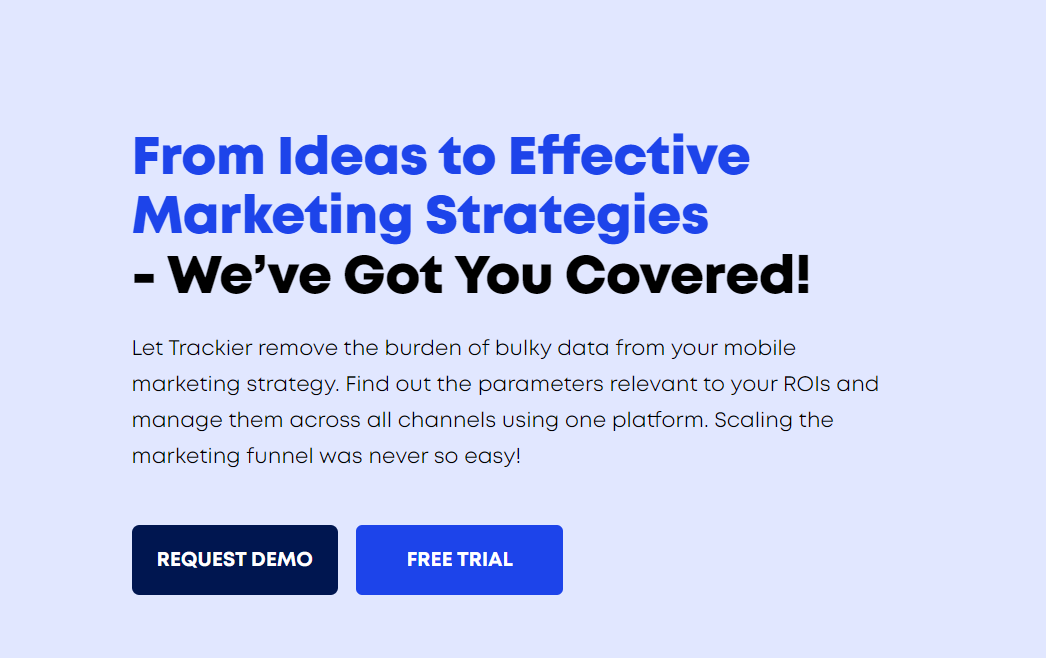Many modern marketers have harnessed the power of dynamic segmentation to enhance the precision of their targeted marketing efforts. In the realm of app marketing, the ability to communicate directly with the precise audience for each campaign is paramount to achieving success. This comprehensive guide will take you through the intricacies of dynamic segmentation, elucidating how it functions and demonstrating how it can amplify the return on investment (ROI) for your marketing campaigns.
Dynamic segmentation is important because it enables marketers to stay relevant, personalize their messages, target their audience effectively, adapt to changing user behavior, and automate segmentation processes. It ultimately leads to more engaging and successful marketing campaigns, which is essential in today’s competitive digital landscape.
In this blog, we will read about it and how mobile marketing platform contributes to make your marketing campaign successful.
Segmentation: Static versus Dynamic
Before delving into the intricacies of dynamic segmentation, let’s revisit the fundamental concept of segmentation in app marketing.
Segmentation
Segmentation refers to the practice of categorizing potential users and existing users based on shared characteristics. This process allows for the delivery of tailored content and personalization that resonates most effectively with specific user groups. For an introductory exploration of this topic, consider reading “Customer Segmentation 101: A Marketer’s Guide to Building Valuable Audiences.”
Static Segmentation
At the outset of a user’s journey, they are typically divided into predefined groups based on criteria such as language, geographic location, in-app behavior, interests, and more. As the name implies, static segmentation assigns users to fixed groups that remain unchanged unless manually moved to another group.
Dynamic Segmentation
In stark contrast, dynamic segmentation automatically updates user segments in real time when new information becomes available. For instance, if a user’s location changes (provided they have consented to share their location), their segment will be modified accordingly. Similarly, if a user’s frequency of in-app sessions decreases, they can be seamlessly transitioned into a retargeting segment.
Why Marketers Favor Dynamic Segmentation
Dynamic customer segmentation empowers app marketers to ensure that users receive messages and creatives tailored to their most recent actions and stated preferences. As users trigger specific events, they are instantaneously shifted into the most relevant segment, greatly enhancing the app’s chances of engaging users. This automation not only boosts marketing efficiency but also elevates targeting precision.
Segmentation and User Privacy Updates
It’s important to note that, with the introduction of Apple’s App Tracking Transparency (ATT) framework and the subsequent rollout of iOS 14.5, obtaining user-level data such as location and preferences hinges on users granting consent for your app to collect such information.
While securing user opt-in for consented data should be a top priority, app marketers can still achieve success by measuring aggregated SKAdNetwork (SKAN) data. Be sure to explore our playbook titled “iOS 14.5+ Success Made Simple with Trackier and TikTok” for valuable SKAN best practices and insights into Trackier’s next-generation conversion value and predictive analytics solutions.
Use Case 1: Personalized Messaging for Maximum Impact
Scenario: Nescafé 3in1’s NE’APP Delivers Tailored Messaging
Nescafé 3in1 launched its food and beverage app, NE’App, in Turkey, aiming to capture the attention of the digitally-savvy youth while maintaining its appeal to a broader audience.
Dynamic Segmentation Implementation: Nescafé 3in1 utilized Trackier’s Audience Builder solution to create distinct target audiences. These audiences were crafted based on various factors, including age groups, in-app behavior, and user interests.
Outcome: After a thorough analysis and A/B testing, Nescafé 3in1 tailored its messaging to cater to each dynamic audience segment. As a result, NE’App achieved remarkable success with over 1.5 million downloads and a substantial 171,000 monthly active users (MAU). This illustrates how dynamic segmentation allowed Nescafé 3in1 to customize its messaging to resonate with different user segments, significantly enhancing user engagement and app adoption.
Use Case 2: Data-Driven Campaign Optimization
Scenario: Vivino Studies User Behavior
Vivino, a wine and marketplace app, sought to optimize its marketing efforts across various channels and improve its retargeting strategy.
Dynamic Segmentation Implementation: Vivino employed Trackier’s Audience Builder to create dynamic cohorts of users. These cohorts were based on a range of factors, including the source of installs, in-app behavior, and in-app purchase history.
Outcome: Vivino’s marketing team meticulously compared user behaviors and patterns across these dynamic cohorts. This data-driven approach allowed them to refine their campaigns, enhance retargeting efforts, and allocate their advertising budget more effectively. The results were impressive, with Vivino experiencing a 500% increase in orders attributed to attribution channels and a significant 300% boost in their monthly marketing budget. This demonstrates how dynamic segmentation can empower marketers to make informed decisions and maximize ROI.
Conclusion:
Dynamic segmentation plays a vital role in achieving results for your business, powered by Trackier, emerged as a valuable tool for app marketers seeking to maximize their ROI and navigate the evolving landscape of app marketing.












